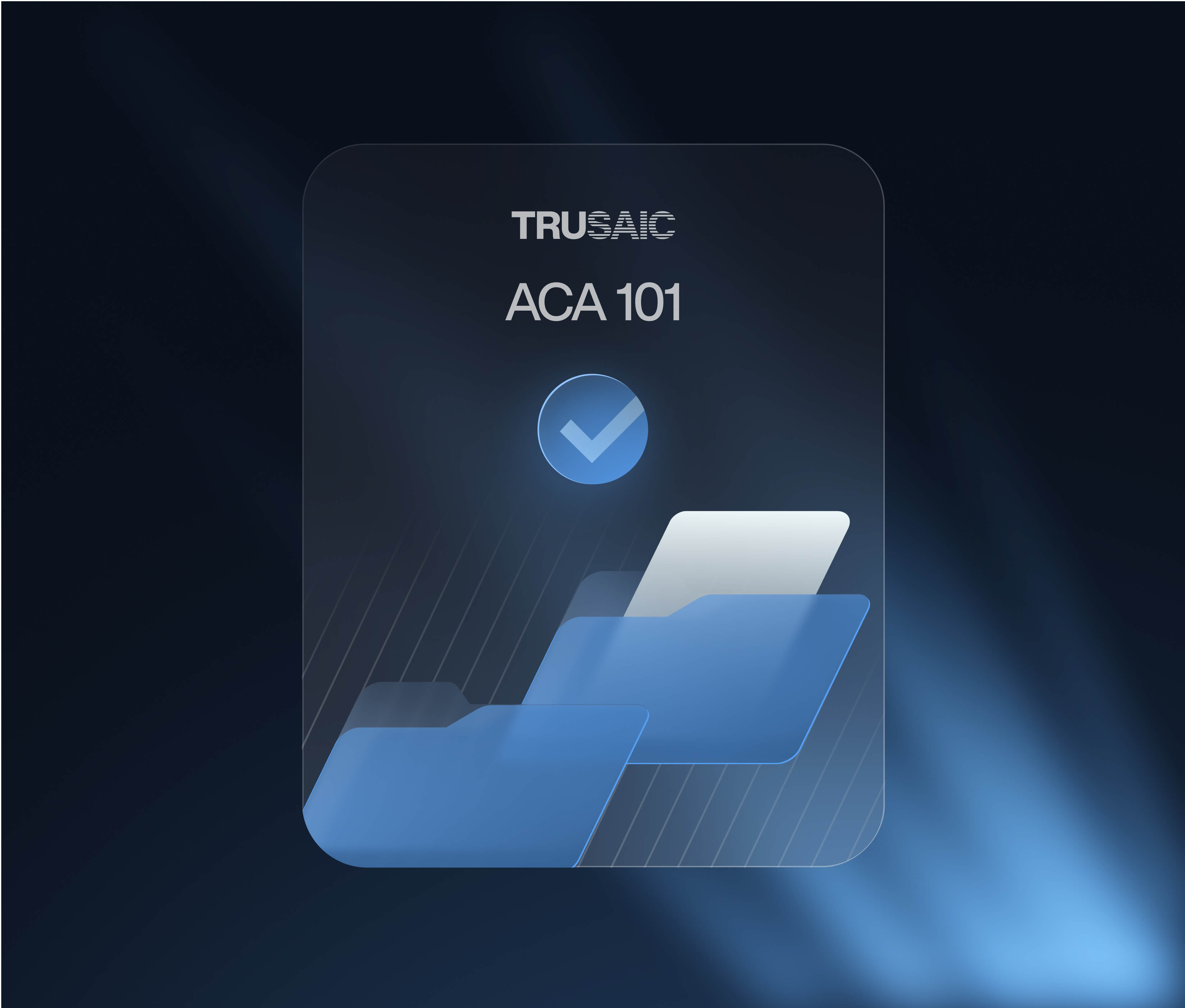The U.S. Equal Employment Opportunity Commission (EEOC) announced that 2022 EEO-1 data collection will likely open in mid-July 2023, however, this date is tentative. To stay informed, you can find updates when they’re available at the official EEO-1 data collection website. Also on the line this year is whether or not employers must file Component 2 in their EEO-1 reports.
Last year, Equal Employment Opportunity Commission Commissioner Keith Sonderling announced the potential return of Component 2. In fact, his exact words were, “Watch out, it is coming.” The announcement caught some organizations off guard since the Component 2 requirement had been previously discontinued. This additional component takes employee pay reporting to a new level, requiring more detailed information than Component 1.
Employers should stay on the alert for a definitive announcement. In the meantime, here’s how you can prepare for EEO-1 reporting, including component 2.
EEO-1 Reporting: What’s the Difference Between Components 1 and 2?
Component 1 of EEO-1 reporting remains the same for 2023 as in years past. It requires organizations to submit demographic data on employees (gender, race/ethnicity, and job category).
Here’s who must file an EEO-1 report this year:
- Private employers with 100 or more employees
- Certain government contractors (those to whom Executive Order 11246 applies and with 50 or more employees)
These organizations must register their company in the EEO-1 Component 1 Online Filing System (OFS).
Component 2 requirements of EEO-1 were in effect from 2017-2018 but were discontinued under the Trump Administration in 2019. As previously mentioned, Component 2 is set to make a comeback in 2023. It expands the requirements of Component 1 by requiring employers to submit more detailed information about workers, such as:
- A breakdown of hours worked
- Pay information from Box 1 of employee W-2s (also by ethnicity, race, and sex)
Component 2 also asks employers to allow employees to self-identify their race, ethnicity, and gender. If an employee declines to self-identify, the employer may use the information that the employee provided when they were first hired. Visual observation should be a last resort.
By requiring the disclosure of more detailed information, potential representation and discrimination issues will become more transparent and investigation may ensue.
What Is the Purpose of Component 2?
According to the World Economic Forum, it will take 132 years to close the global gender pay gap. The Equal Pay Act of 1963 sought to close gender and race pay gaps, but over 60 years later, we are still striving to close these gaps. Achieving these goals may be challenging but is within reach this decade with the right tools and initiatives, and component 2 can help.
The purpose of EEO-1 Component 2 was to help the U.S. Equal Employment Opportunity Commission and the Office of Federal Contract Compliance Programs (OFCCP) better understand and identify potential pay disparities and discrimination across different demographic groups. By analyzing this data, these agencies aimed to enforce federal laws prohibiting pay discrimination based on race, ethnicity, and gender and promote equal pay practices in the workplace.
Ideally, employers would make the right decision and be proactive in ending wage discrimination, but unfortunately, that is not always the case. Some states already require pay data reporting information similar to component 2, such as California with SB 973, and the information gathered has proven pay disparity for the protected classes.
EEO-1 component 2 employee pay reporting is meant to nudge employers in a “proactive” direction. By disclosing who they’re employing and what each employee is paid, both the government and employers will have a true “snapshot” of how far they’ve come in achieving pay equity and how much ground they still need to cover.
Before EEO-1 component 2 comes back into play, there are a few steps organizations can take to minimize risk and ensure accurate reporting for both EEO-1 components 1 and 2.
How to Prepare for Component 2
Equal pay laws and employee pay reporting can be worrisome for employers, lawyers, and compliance administrators who have yet to take measures to ensure pay equity and that’s why a proactive internal pay equity analysis is crucial.
A pay equity audit can help you prepare for pay reporting by identifying problem areas before they show up in reporting data. By doing so, you can rectify any illegal pay disparities and make certain your data is ready for submission.
Looking to get on the fast track toward an equal pay solution? Work with a pay equity, diversity, and inclusion expert like Trusaic. Trusaic’s PayParity software helps assess how far along your organization is on its journey to workplace equity and pinpoints areas where your organization can improve.
Trusaic also offers comprehensive EEO-1 reporting solutions for both Component 1 and Component 2 requirements, helping employers minimize risk and ensure accurate, timely reporting. Our services include:
- Component 1: Review EEOC codes, validate NAICS codes, diversity risk assessment, and report preparation
- Component 2 (should it return): Pay data and hours worked analysis, equal pay risk assessment, and report preparation
By using Trusaic, employers can address pay disparities and DEI issues, ensuring EEO-1 compliance and promoting a more inclusive workplace. Take the first step with a Pay Equity Consultation. We’ll show you how you can use PayParity, our comprehensive pay equity monitoring solution, to achieve your pay equity, diversity and inclusion goals.








